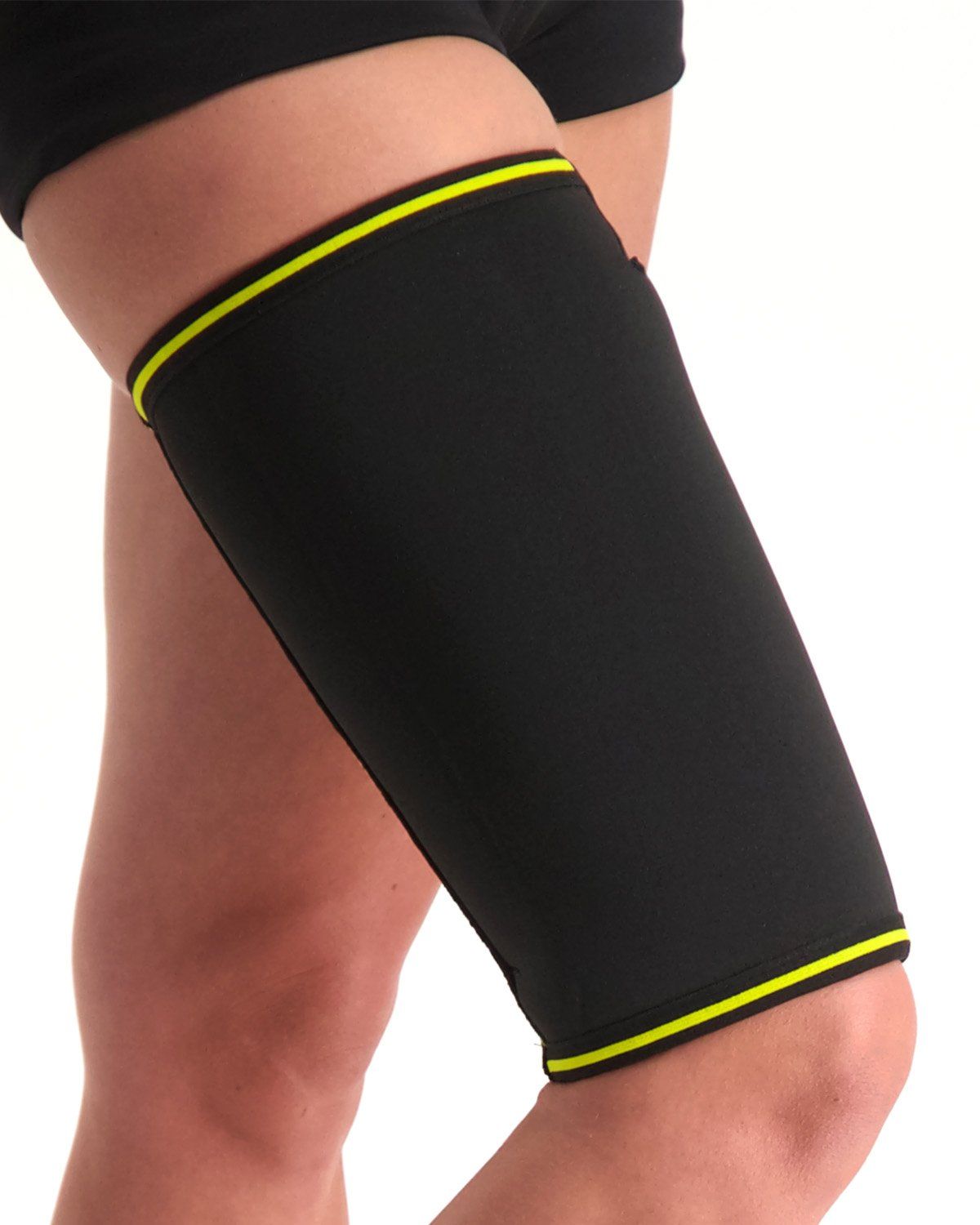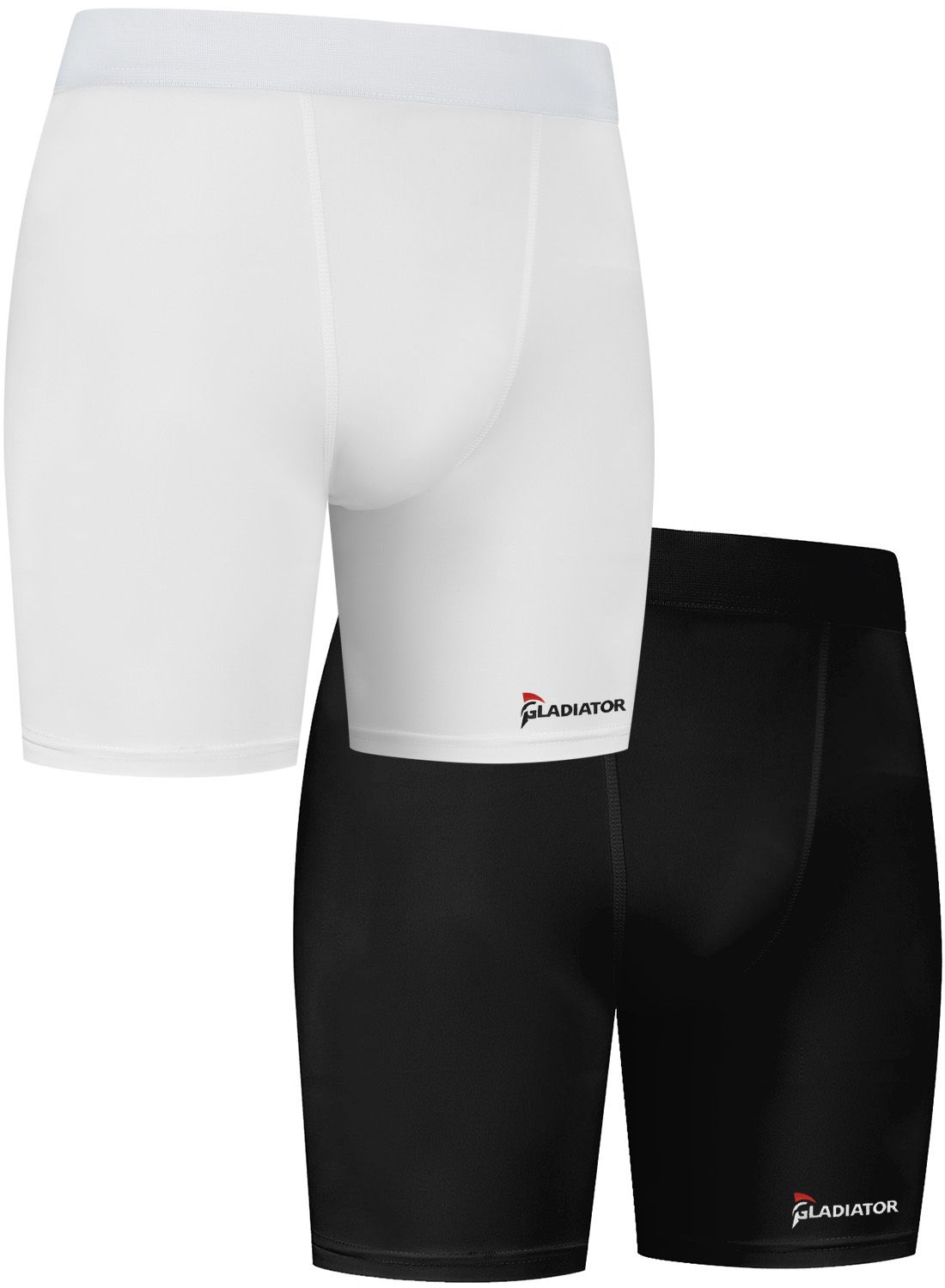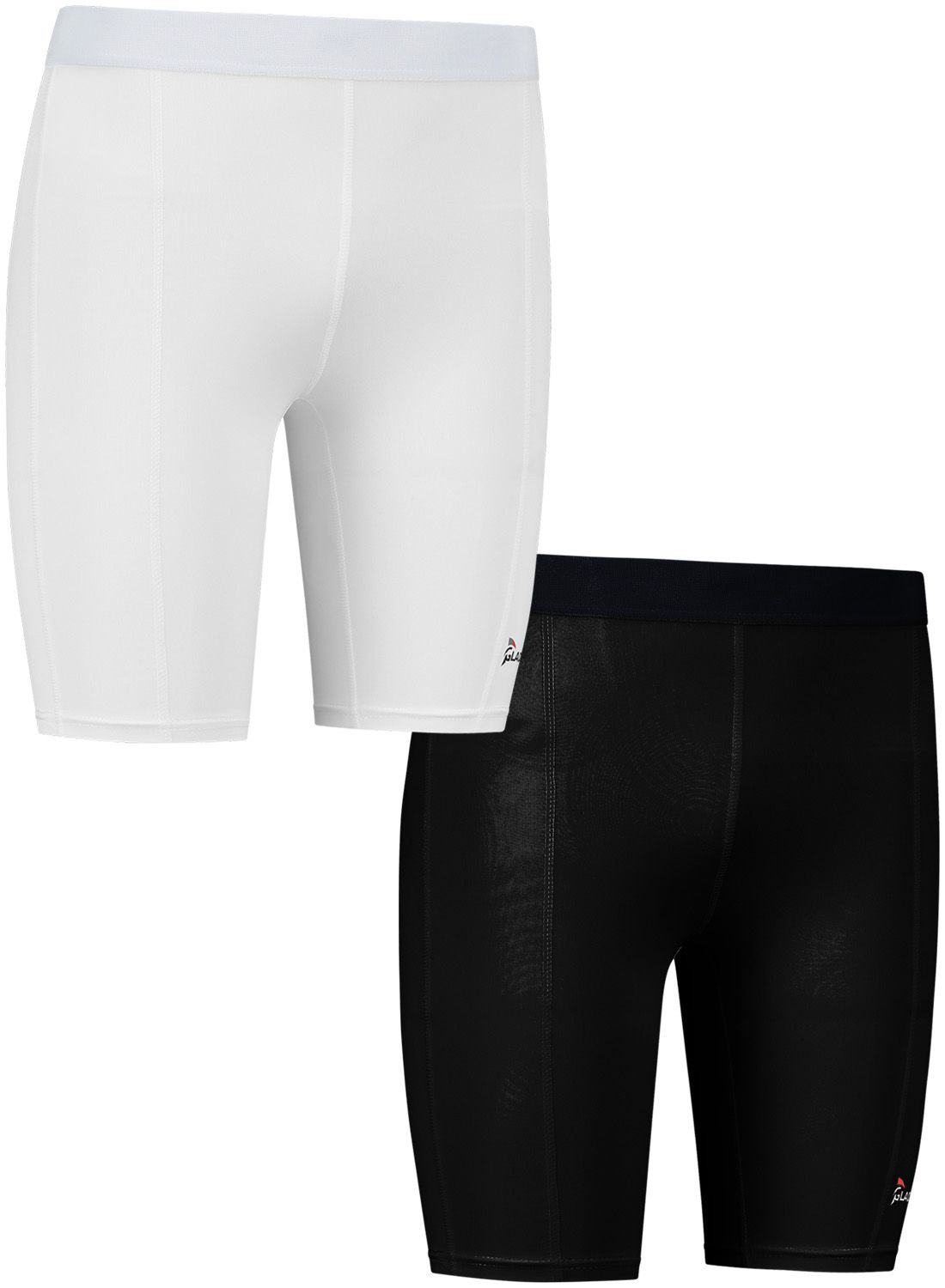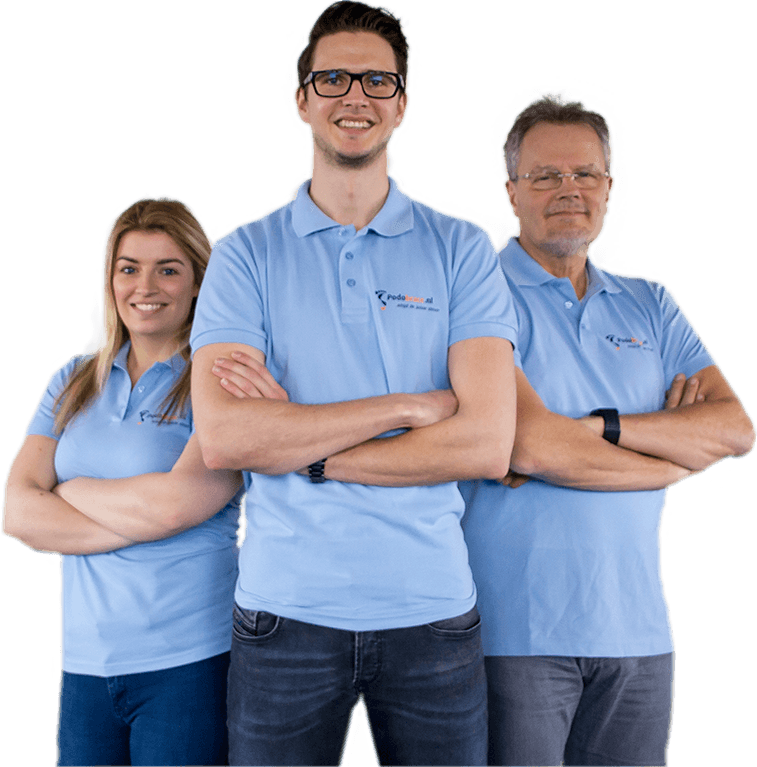Varicose Veins Problems
Veins are the blood vessels that provide the flow of our blood to our heart. The arteries transport the blood from our heart to the tissue. Varicose veins usually occur in the legs and are dilated veins. You are suffering from varicose veins when you can clearly see blue and thickened veins that are often tortuous.
Complaints related to varicose veins
The complaints are usually cosmetic. Varicose veins are often experienced as ugly. Only when your varicose veins are massive and thick, other complaints can occur, such as. Tired, languid, heavy and restless legs, pain and bleeding from the varicose veins. If you're suffering from these complaints, we advise you to visit an expert.
Causes of varicose veins
Below, a number of causes of varicose veins problems in the thigh.
- Hereditary predisposition: congenital weakness of the vascular walls
- Prolonged standing
- Gender: women develop varicose veins more often than men
- Pregnancy: higher hormone levels, more stiffness in the legs because of the growing uterus, thrombosis and the amount of blood that is circulated is greater
- Thrombosis: this causes blood clots in the veins
- Surgery and accidents: vessels can be damaged
- Overweight
Symptoms of varicose veins
The dermatologist or surgeon can judge for himself whether an additional examination should take place. The Doppler research and Duplex research are the most important studies. The Doppler study uses ultrasound waves that make the blood flow in the audible. This can be done on the first visit. The Duplex study is always done when suffering from varicose veins, it is very similar to the Doppler examination, the only difference is that with the Duplex study the blood flow is made visible instead of audible.
Treatment of varicose veins
There are various treatment methods to remove varicose veins.
- Sclerocompression: The spraying of glue in varicose veins, causing the veins to close and eventually get cleared by the body itself. Our compression products contribute to this process.
- Surgery (stripping): Large varicose veins can be surgically removed by the surgeon. At two or more points, the varicose vein is exposed, a wire is passed through, and the varicose vein is pulled out. This treatment is usually done by a spinal puncture (spinal lethargy).
- Endovascular Laser Technology: The varicose vein is elegantly lasered from the inside. Na anaesthesia is required for this. Through a small incision in the skin, a laser wire is inserted into the blood vessel. The blood vessel is closed by a laser light.
- VNUS Closure Procedure: After making a small incision, a treatment catheter is inserted into the vein. With ultrasound equipment, it is checked whether the catheter is properly positioned. Radio waves are sent to the catheter that heats and shrinks the varicose vein. The entire varicose veins are closed by pulling on the catheter
- Ambulant Phlebotomy: is done with medium-sized varicose veins that do not qualify for other treatments. Same technique as stripping.
- Transcutaneous Laser Therapy: the smallest varicose veins can be treated with a laser.
Nowadays, most varicose vein treatments are not reimbursed, only treatment for the larger varicose veins are reimbursed. You can do this at private companies, hospitals or dermatological clinics.
Prevention of varicose veins
Try to avoid prolonged standing, it is important to move and exercise a lot. Especially exercises where you regularly tighten the calf muscle are conducive to good efficient pressure reduction and proper blood flow in the veins. This makes walking and cycling the best remedies for varicose veins. If you have a tendency to get varicose veins, you can, as a precaution, wear elastic compression products at times when you have to stand or sit a lot. We, at Podobrace, can offer you a wide range of products that prevent the occurrence of varicose veins. For example, the LP Support Compression Shorts and the Bauerfeind Sport Compression Upper Leg / Hamstring Sleeve contribute to this prevention.

Novamed Thigh Support

Bauerfeind Sport Compression Upper Leg Hamstring Sleeve (per pair)

Gladiator Sports Men's Compression Shorts (Black & White)

Gladiator Sports Womens Compression Shorts (Black & White)

- Physiotherapist
- Sports podiatrist
- Manual therapist
- Podopostural therapist
- Myofascial dry needling specialist

